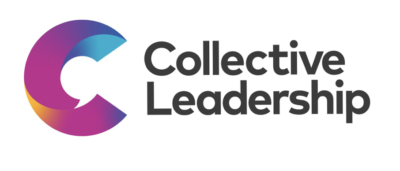
Maxims are overarching statements of principle. Maxims are guidelines. They aren’t the operating plan with all of the needed detail. Maxims are what you return to before, during, and after a implementation to gut-check integrity of offering.
Yes, I’m a person that relies on maxims as some of the deep work in organizational change — that’s with teams, communities, systems. The maxims invite doing with purpose rather than doing just to fill time, or to appear busy, or to approximate accomplishment.
This weekend I was perusing materials on collective leadership, an initiative being offered in Scotland, that is impressive in its scale and in its simplicity. It’s an initiative that my dear friend Meg Wheatley is helping to shape (and who shared the materials with me).
I was also delighted to find “Myron Roger’s Maxims,” that are helping to guide the initiative. Glad in part because the maxims are good, and point to the deep work of change. Glad in part because Myron Rogers was one of my first mentors in this work, going back to the early to mid 1990s.
Enjoy these:
- Real change happens in real work.
- Those who do the work do the change.
- People own what they create. (I’ve tended to say this over the years as “support” rather than “own.”)
- Start anywhere, follow it everywhere.
- Connect the system to more of itself.
- The process you use to get to the future is the future you get.
What I appreciate most in these, and what I loved most in Myron those 25 years ago, is that he had a way with getting to the guts of things. And he had a way with simplicity in words.
I’m glad for the many ways that his words have carried into my work with systems, teams, and communities. To try to create an integrity of invitation.
Maxims. Guidelines. Gut check.




The one about “start anywhere” has chnaged for me over the years. It’s really become about discernment: start somewhere coherent and explore as you go. That might be closer to my practice. It’s not so much about throwing stuff in the air and seeing what sticks but more about working with the tension between now and there. Or here and better. Or need and purpose.
Yup — appreciate the nuance in practice Chris. For me, it’s rarely fully random. “Anywhere” is often a hunch, that is often set up next to a few other hunches that could be good starts too. I value the movement of “start” that is accompanied by a freedom from a rather tyrannical “must find the exact right start.” Here’s to this kind of animated exploring starting and following.